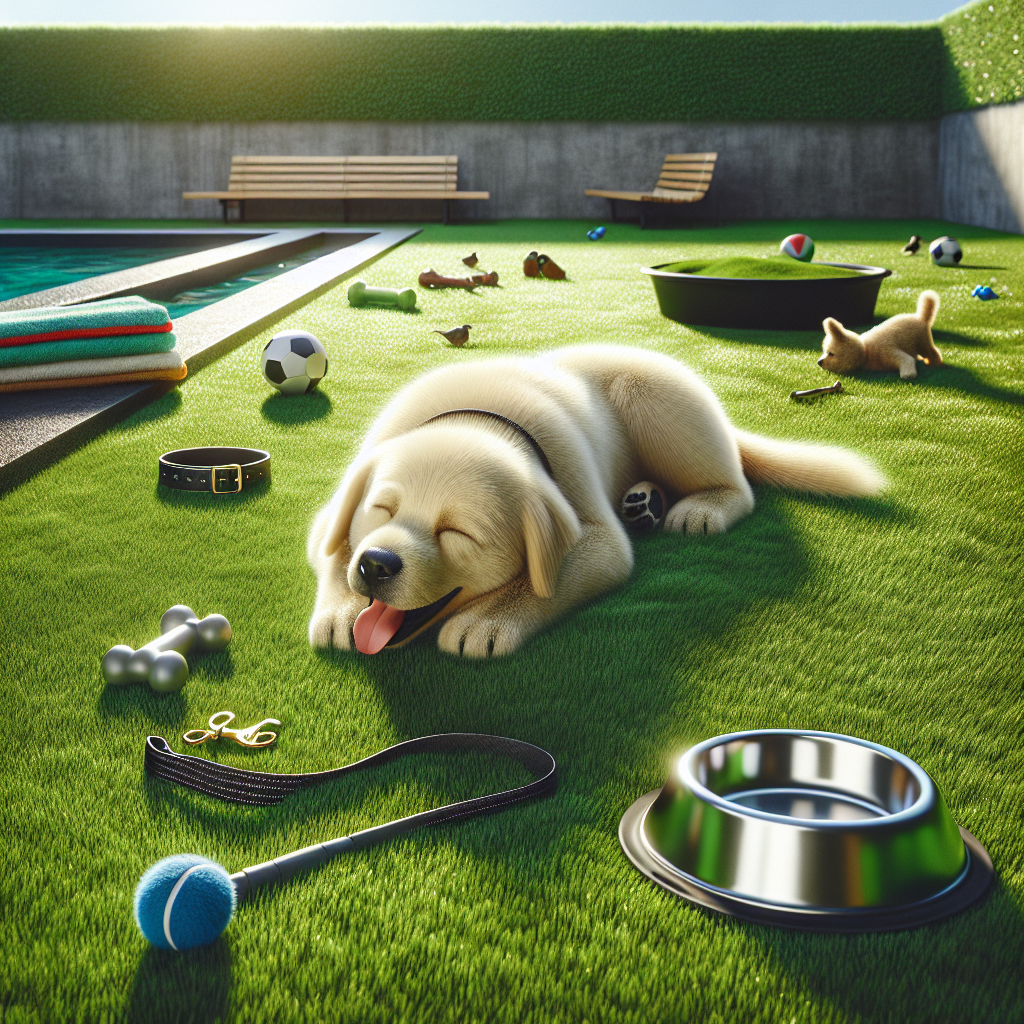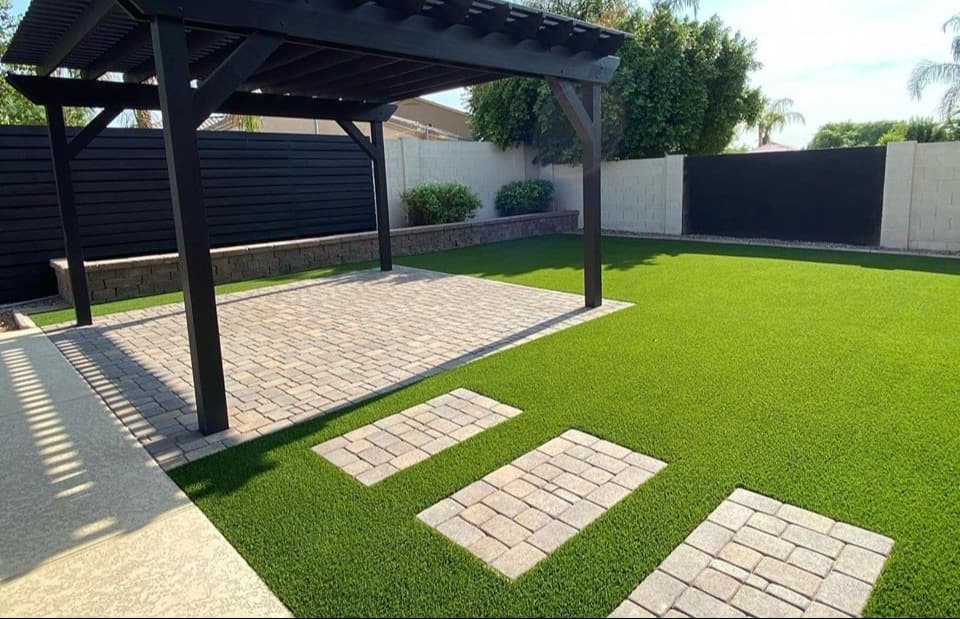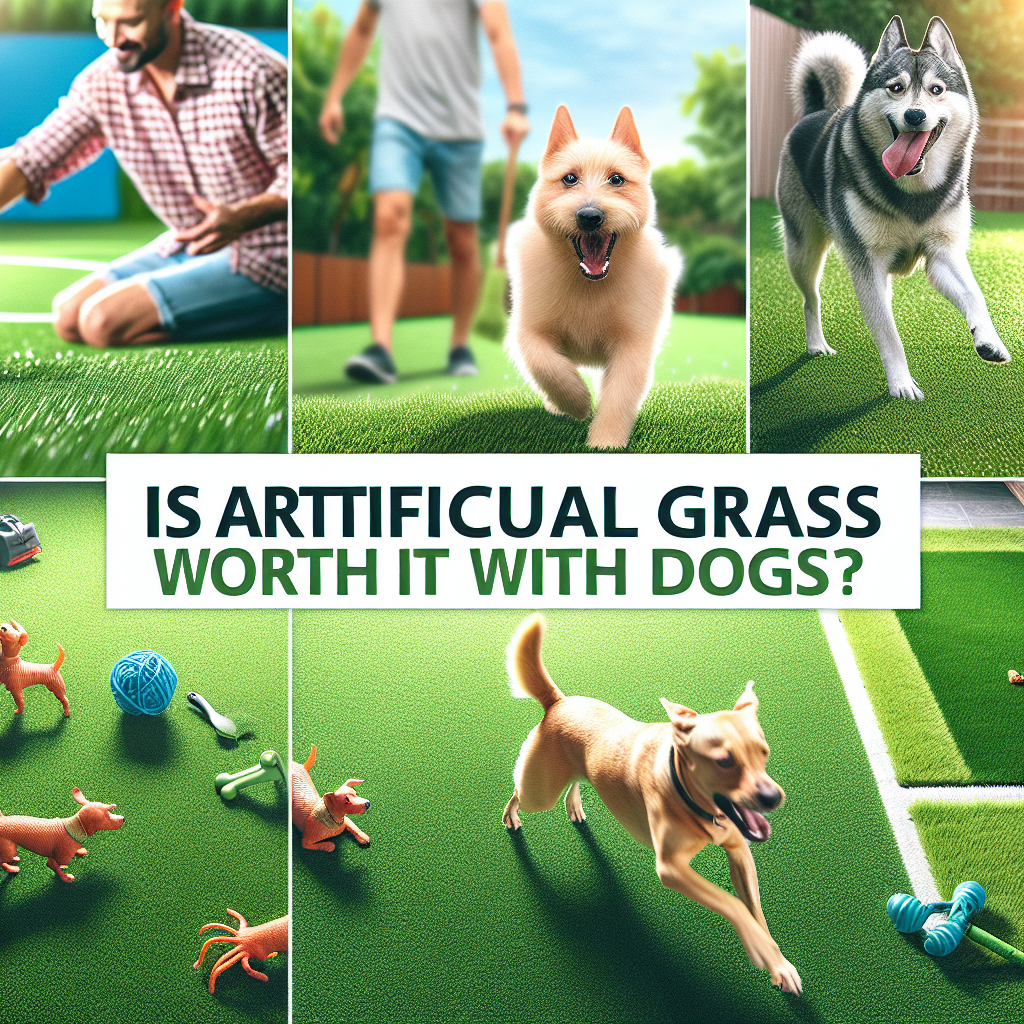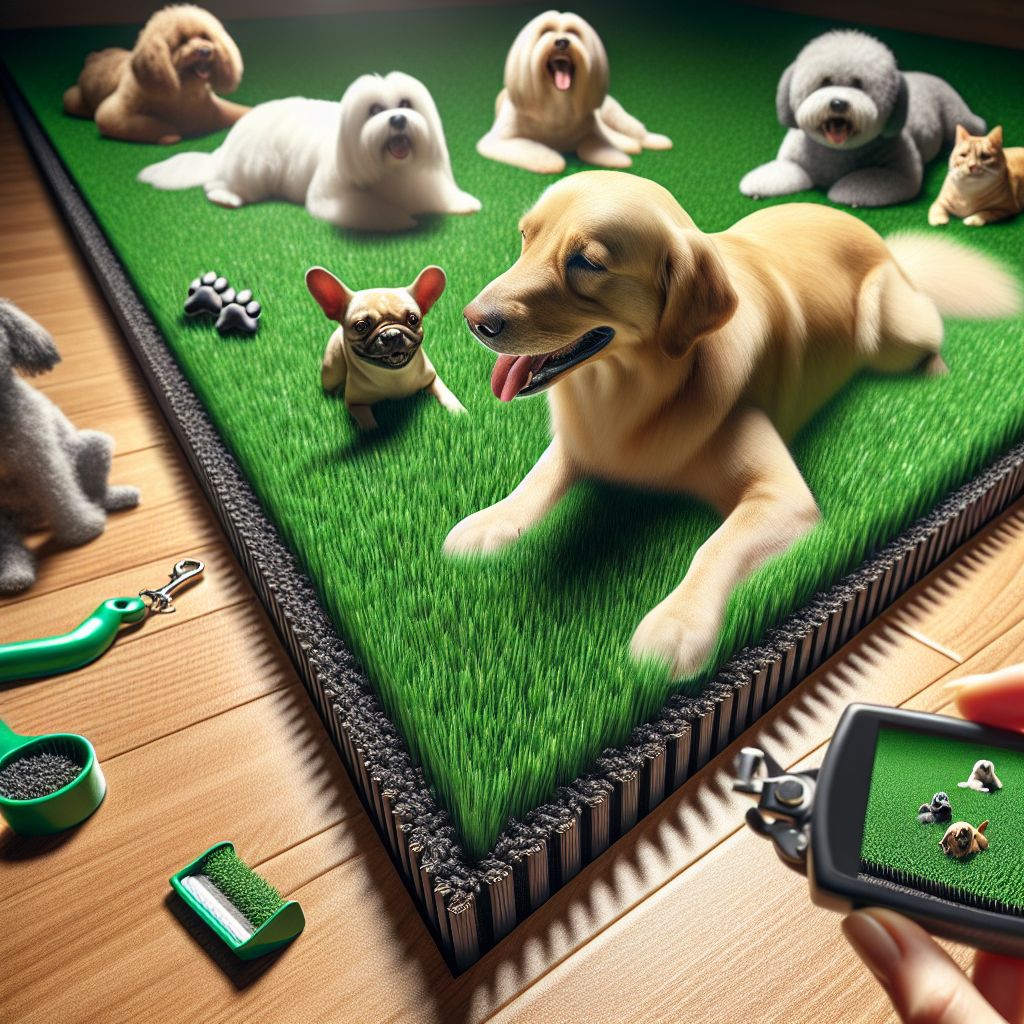
Imagine a serene backyard where your furry friend can frolic freely without leaving behind unsightly yellow patches. This dream scenario is made possible with artificial grass—a perfect blend of aesthetics and practicality. But a question often arises among pet owners: Can you let dogs pee on artificial grass? In this comprehensive guide, we delve into the intricacies of artificial grass for pets and provide actionable maintenance tips to keep your synthetic lawn in pristine condition.
Artificial grass has emerged as a preferred choice for many pet owners, offering a lush, green lawn that stays vibrant all year round. Unlike natural grass, synthetic turf is resilient against wear and tear, making it an ideal playground for energetic pups. But what truly sets artificial grass apart is its exceptional drainage capability and ease of maintenance. No more muddy paws or patchy lawns—just a beautiful, pet-friendly space.
Dog urine contains nitrogen, which in high concentrations can damage natural grass. However, artificial grass is crafted from durable materials designed to withstand such elements. Modern synthetic turfs are equipped with advanced drainage systems that allow liquids to pass through easily, preventing puddles and unpleasant odors. Regular maintenance ensures that the turf remains clean and sanitary.
To maintain freshness, it’s essential to rinse the area where your dog urinates regularly. Using a hose with a gentle spray is usually sufficient. For added odor control, consider using pet-safe enzymatic cleaners specifically formulated for artificial grass. These products break down organic matter, eliminating smells at the source.
For further insights on keeping your synthetic lawn in top shape, explore our detailed guide on maintaining your artificial lawn.
A simple rinse with water once a week can prevent urine buildup and keep your lawn smelling fresh. If your dog frequently uses one spot, increase the frequency of rinsing in that area.
Invest in a high-quality enzymatic cleaner designed for artificial grass. These cleaners are safe for pets and effectively neutralize odors. Apply them as per the manufacturer’s instructions.
Just like natural lawns, synthetic turf benefits from regular brushing. Use a stiff-bristled broom or a specialized turf rake to lift the fibers and remove debris. This not only keeps your lawn looking lush but also promotes optimal drainage.
Learn more about creating the ideal outdoor space for your furry friends by checking out our article on the benefits of pet turf.
Yes, artificial grass is safe for dogs. It’s made from non-toxic materials and designed to be soft underfoot, mimicking the feel of natural grass.
Regular rinsing combined with the use of pet-safe enzymatic cleaners can effectively neutralize urine odors.
No, high-quality artificial grass is resistant to staining from pet urine.
Artificial grass offers a practical and aesthetically pleasing solution for pet owners seeking a durable, low-maintenance lawn. By following a few simple maintenance steps, you can ensure that your synthetic turf stays fresh and clean, providing a perfect play area for your furry companions.
If you’re considering enhancing your backyard with artificial grass, don’t miss our guide on designing the perfect backyard. For more information on privacy practices, visit our privacy policy page.
With these insights, you can confidently create a dog-friendly yard that remains lush and inviting year-round.
For expert advice on maintaining a dog-friendly lawn, refer to resources like ASPCA, and stay updated with the latest trends by visiting reputable news sources such as NY Times Science Section.


